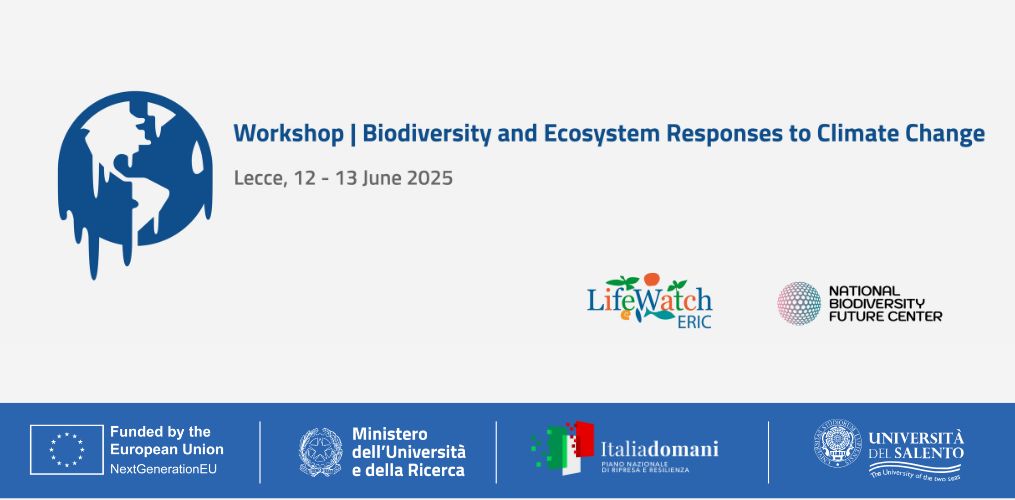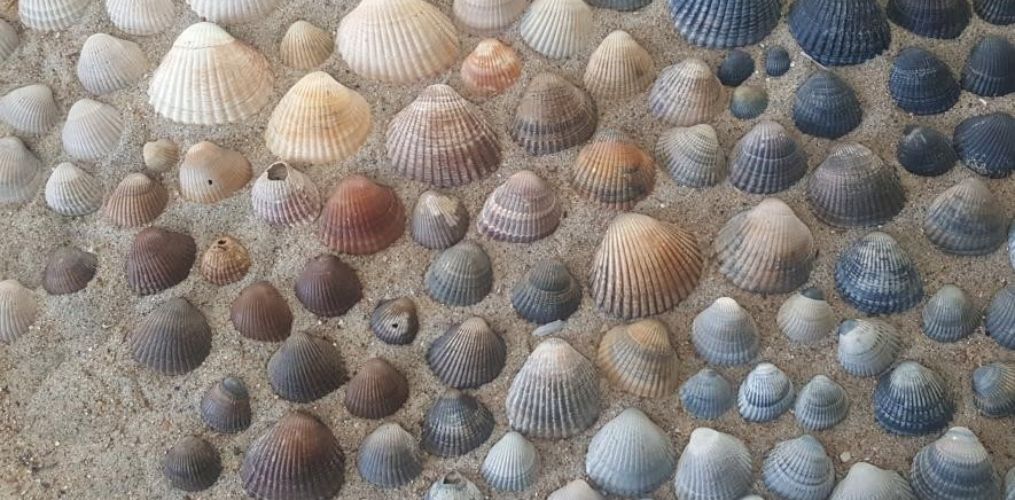Lecce, Italy
The LifeWatch ERIC Working Group on Biodiversity & Ecosystem Responses to Climate Change and the National Biodiversity Future Center organise the workshop on “Biodiversity and Ecosystem Responses to Climate Change“, to be held in Lecce, Italy, on 12 and 13 June 2025.
Climate change is profoundly affecting biodiversity and ecosystem processes, with implications at the global scale for primary productivity, standing biomass as well as potential impacts on human well-being and the achievement of SDGs. Biodiversity and ecosystem responses span ecological scales, encompassing structural and functional components, from individual life cycles and energetics to inter-individual interactions, population and species densities and distributions, to ecological networks and ecosystem services.
A proposal for a Special Issue including a selection of the workshop contributions has been presented to Ecological Indicators. Contributions will be presented as short talks of 10 minutes.
To find out more about our speakers, register and submit your abstract, please visit the following page:

